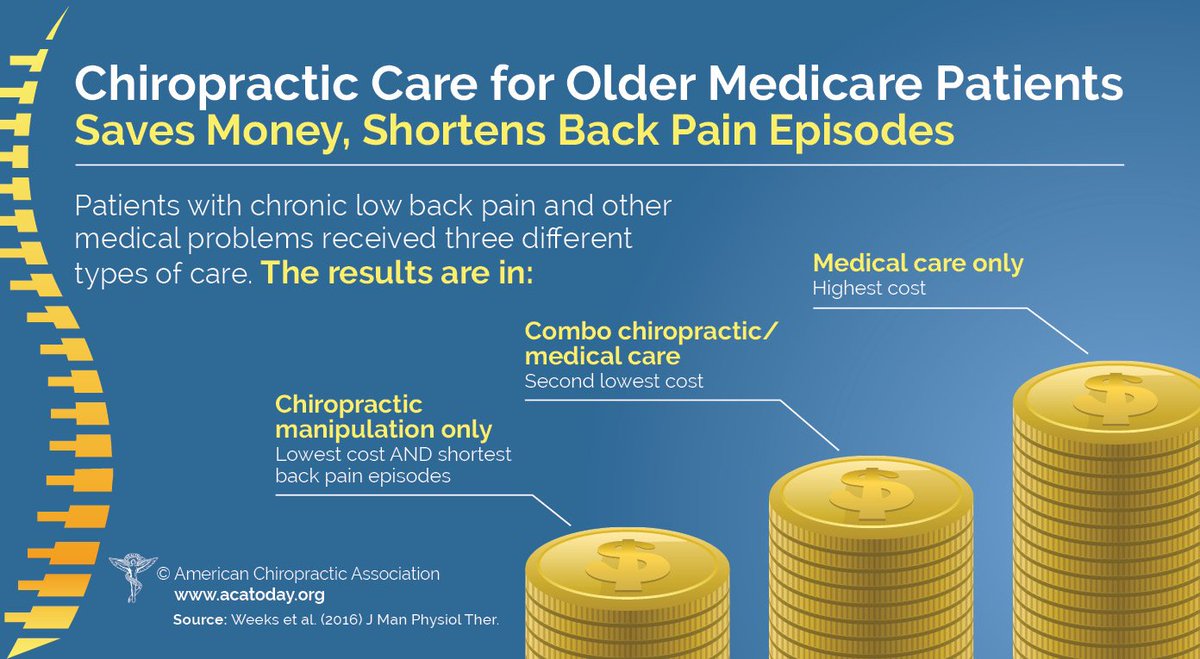Examining The Scientific Basis Of Cold Laser Treatment
Examining The Scientific Basis Of Cold Laser Treatment
Blog Article
Web Content Written By-Kent Hurley
When considering different treatments, cold laser therapy attracts attention as a result of its special method to healing. By making use of specific wavelengths of light, it targets mobile features and advertises recovery in a non-invasive manner. This approach not just enhances ATP manufacturing but also help in reducing swelling and pain. As research continues to unravel, the implications for rehab and discomfort monitoring could be considerable. What does this mean for future therapy options?
The Systems of Cold Laser Therapy
Cold laser treatment, additionally called low-level laser treatment (LLLT), functions by promoting mobile function with the application of details wavelengths of light.
When the laser light permeates your skin, it interacts with the mitochondria in your cells, raising ATP manufacturing. This increase in ATP stimulates your cells, advertising healing and regeneration.
The light additionally influences cell membranes, boosting their leaks in the structure and helping with nutrition absorption while expelling toxic substances. In addition, cold laser treatment activates the release of endorphins and reduces swelling, helping your body react more effectively to injury.
stress relief improved blood circulation as the treatment promotes capillary development, guaranteeing that oxygen and nutrients reach broken tissues more efficiently.
Recognizing these devices can help you appreciate its possibility in promoting recovery.
Possible Advantages of Cold Laser Treatment
When considering alternatives for pain alleviation and healing, you may discover cold laser treatment to be an appealing alternative. This non-invasive method can help reduce swelling, relieve discomfort, and promote cells fixing.
Many people report quicker recuperation times from injuries and surgical treatments after going through cold laser therapy. It's particularly beneficial for conditions like joint inflammation, tendonitis, and muscle mass strains.
You might also value that it has marginal adverse effects contrasted to drugs. In addition, cold laser therapy can enhance blood circulation, which helps in supplying nutrients and oxygen to damaged areas.
Current Research Study and Clinical Applications
As interest in cold laser therapy expands, scientists are discovering its numerous applications and performance in clinical settings. You'll find researches exploring its function in pain administration, injury recovery, and minimizing swelling.
In physical treatment, specialists utilize cold laser therapy to boost recuperation in sports injuries, while dental practitioners are finding it useful for dealing with dental pain and gum tissue disorders. Continuous tests are analyzing its potential in dealing with conditions like joint inflammation and neuropathy.
https://www.minthilltimes.com/columns/passionate-pet-care/alternative-options-for-pets-in-pain/ intend to establish standard protocols and does, making certain safety and efficiency. As more proof emerges, you could see cold laser treatment ending up being a staple in both rehab and pain management, offering individuals a non-invasive option that matches standard treatments.
Final thought
Finally, cold laser therapy uses a promising approach to healing by using details wavelengths of light to boost mobile features and promote recuperation. With benefits like boosted blood circulation, reduced swelling, and discomfort alleviation, it's ending up being a valuable option for different conditions. As https://cesariosxb.blogars.com/33221931/curious-about-exactly-how-cold-laser-treatment-can-transform-your-method-of-taking-care-of-chronic-discomfort-discover-the-understandings-of-this-revolutionary-treatment-within continues to establish standardized procedures, you can eagerly anticipate higher approval of this non-invasive therapy in recovery practices and pain administration approaches, making it a possible game-changer for numerous individuals.
